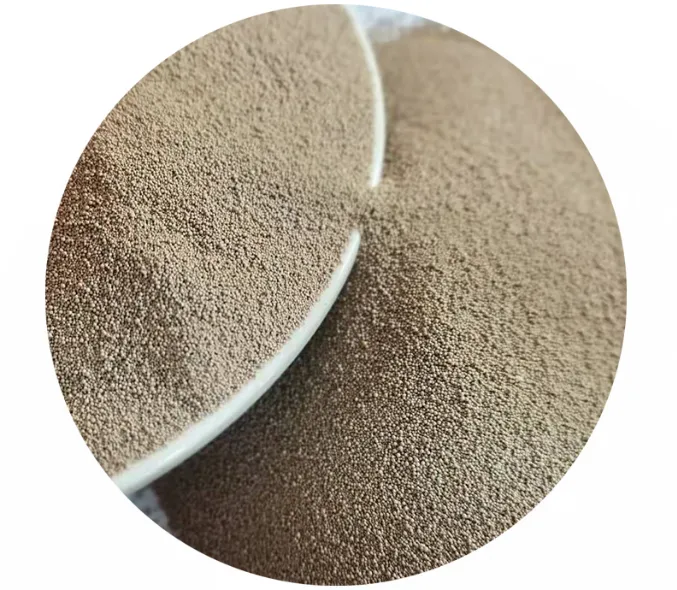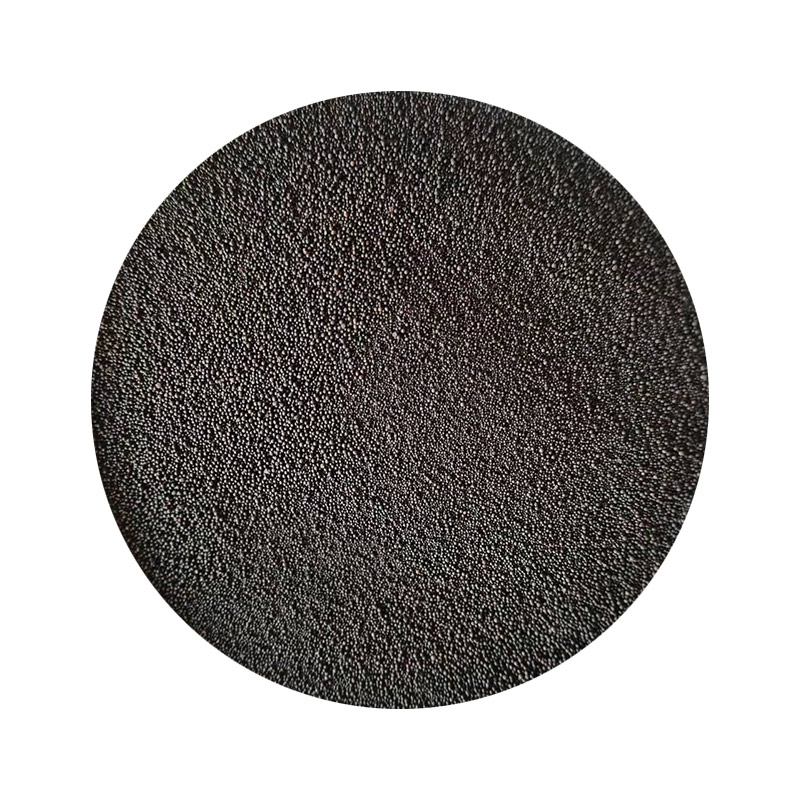

Trustworthiness is a critical factor for consumers and clients who look for reliable and safe products. Safety concerns arise regarding the toxicity and environmental impact of materials used in resin projects. Bomforiting eco-friendly resins and sustainably sourced sands provides a responsible approach that aligns with global movements towards sustainability. Transparent communication about the materials used and the processes involved helps build trustworthiness. Providing certifications, if available, and highlighting adherence to safety standards underlines a commitment to producing high-quality, responsible products. Moreover, nuanced techniques can enhance the trust factor further. For example, the embedding process, where objects such as shells or small stones are artistically placed within the resin, can be elevated by incorporating sand. An experienced practitioner will ensure the embedded materials are set at the right time during the curing process, avoiding air bubbles and ensuring longevity. This meticulous attention to detail emphasizes a dedication to quality, reinforcing the trust clients place in the finished product. In conclusion, using sand in resin is not just a trend but a craft requiring a confluence of experience, expertise, authority, and trustworthiness. From artisanal creations to industrial components, the integration of sand enriches the beauty and functionality of resin-based products. As the community of resin enthusiasts and professionals expands, those who harness these four pillars will undoubtedly lead the way in establishing innovative practices and standards. Whether for personal enjoyment or business purposes, the combination of creativity and technical proficiency in using sand in resin promises a future of limitless possibilities. Post time:Feb . 12, 2025 00:01
Next:resin sand casting process
